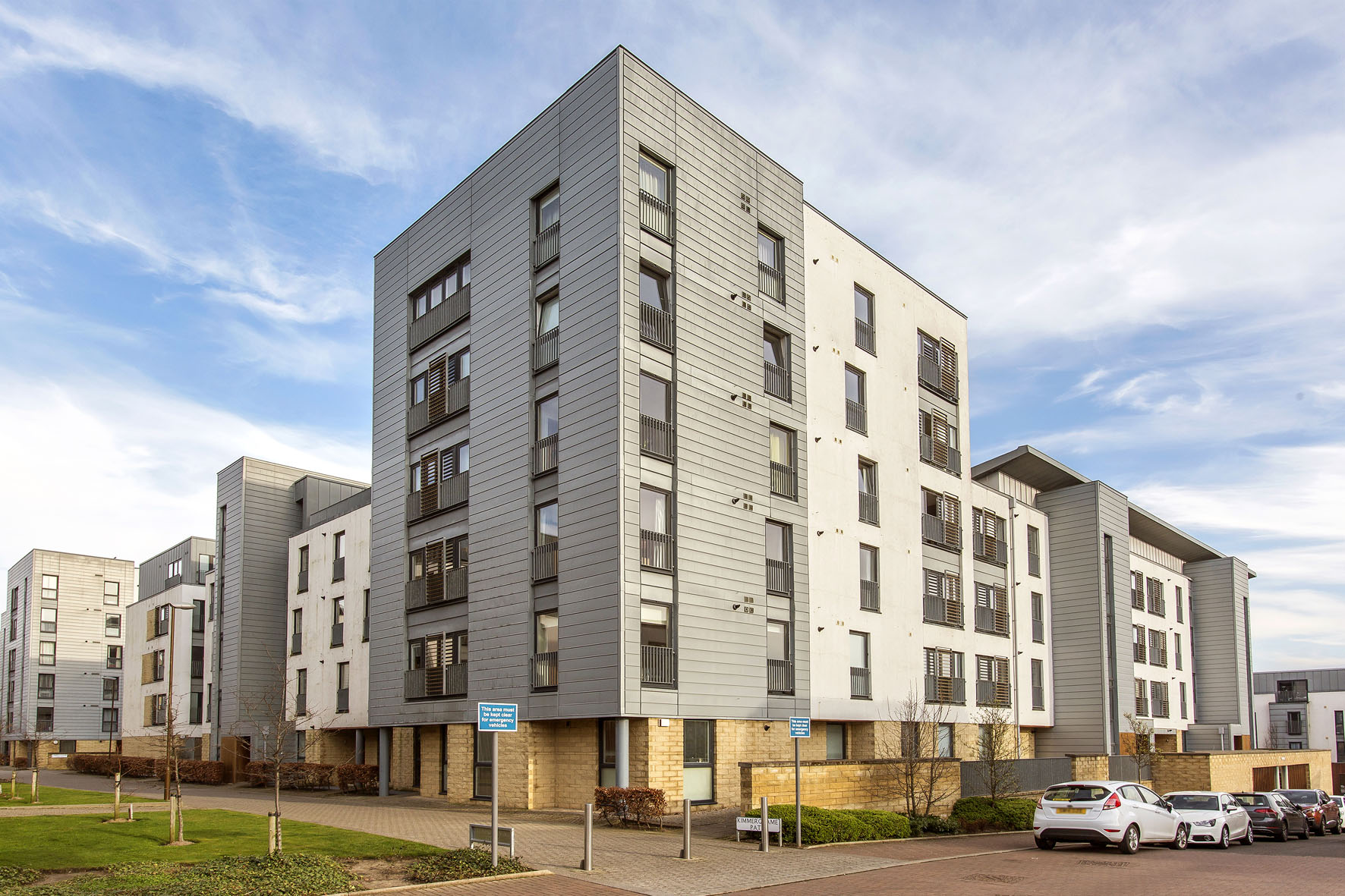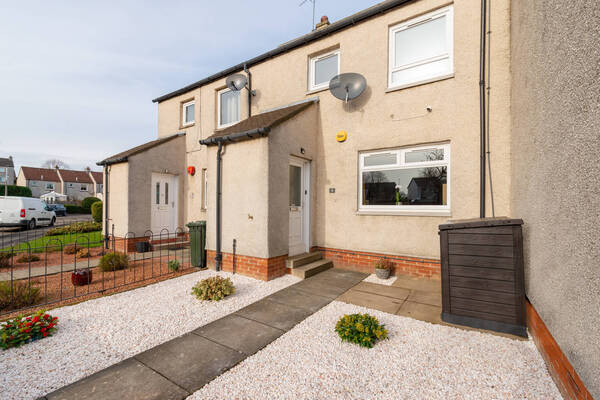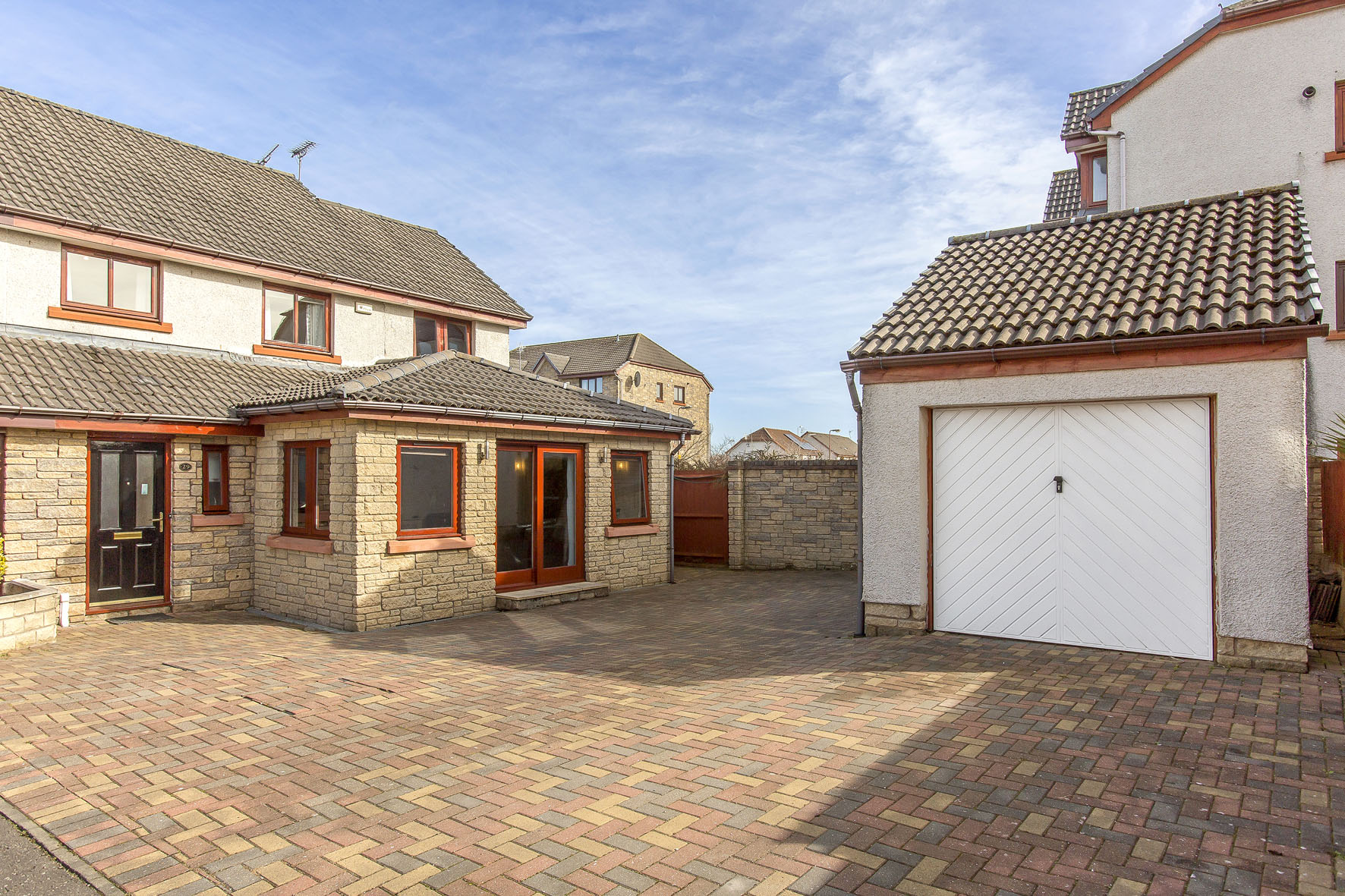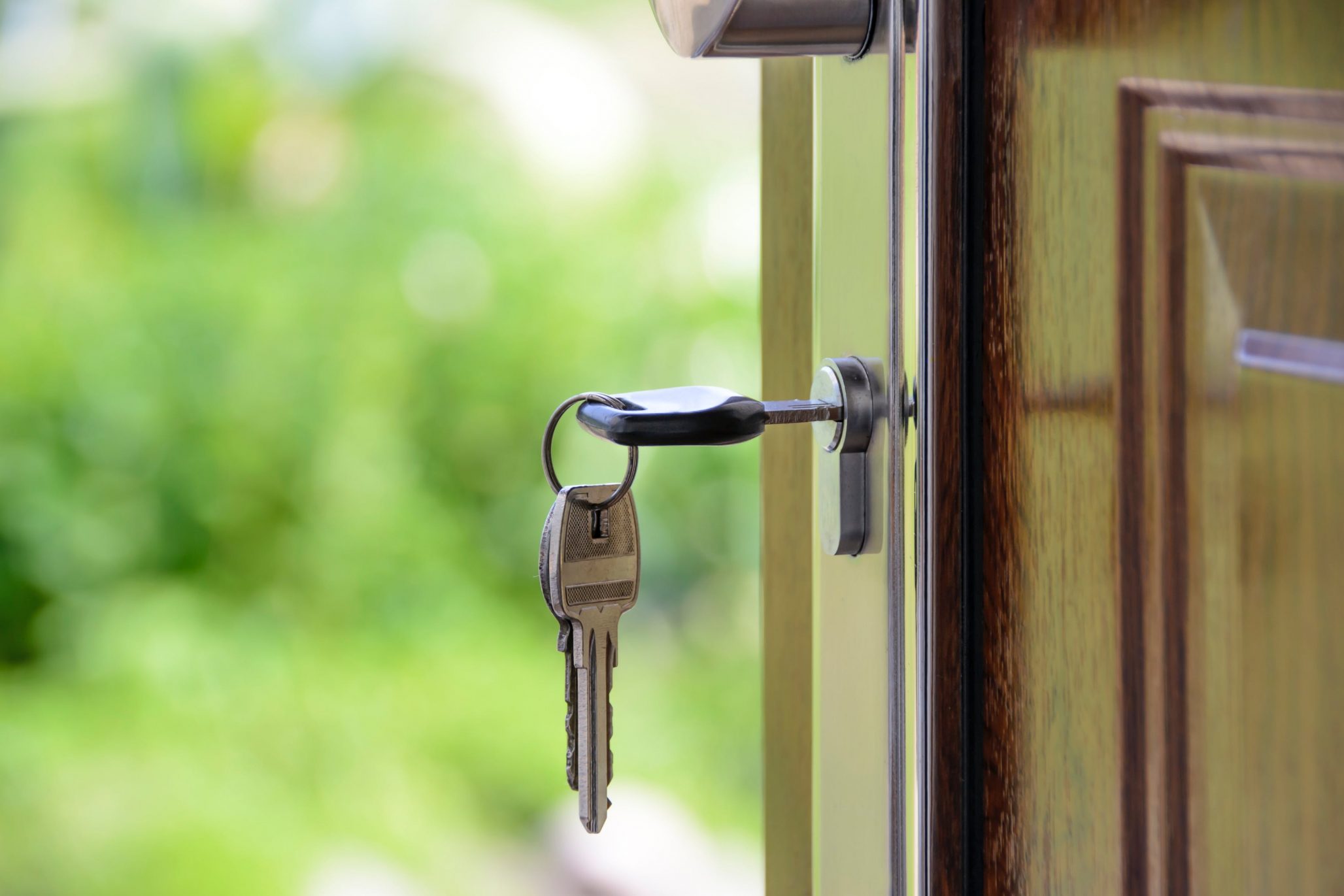
The Scottish Government announced that the Land and Buildings Transaction Tax (LBTT) Holiday, also known as the Stamp Duty Holiday, will end, as planned on 31st March 2021.
Finance Secretary Kate Forbes says that the holiday achieved its goal of supporting the recovery of the residential property market during the Covid-19 pandemic. The zero-tax LBTT threshold of £250,000 was always a temporary measure. The move was introduced during the summer of 2020. However, Forbes confirmed that the change of the residential LBTT nil rate band, introduced in July 2020, will not be extended. The aim was to help those buying residential properties and moving home during the pandemic. During the Stamp Duty Holiday, Scotland saw record high levels of house purchases. According to Rightmove, the UK housing market has seen the busiest ever start to a year. Additionally, this time of year is always a key time to sell when demand often exceeds supply.
From 1 April 2021 onwards, the ceiling of the nil rate band will return from £250,000 to £145,000 for residential properties and £175,000 for First Time Buyers. This means that from the 1st of April 2021 onwards, the ceiling for nil-rate band will return to £145,000 for residential properties and all other bands will return to the previous rates.
What is LBTT?
Land and Building Transaction Tax (LBTT) is Scotland’s version of Stamp Duty. This property tax is applied to residential and commercial property purchases in Scotland.
LBTT is a property tax structured in tiers. This means that buyers pay different rates depending on the tax band the property purchase price fits into. In Scotland, UK Stamp Duty Land Tax (SDLT) was officially replaced by LBTT on 1st April 2015. LBTT is applied to residential and commercial property purchases.
How much is LBTT in Scotland?

The amount of LBTT paid on a residential property transaction depends on the property purchase price. There are various LBTT bands, with a different percentage of tax applied to each band.
The LBTT paid depends on the purchase price. There are various LBTT bands, each with a different % tax applied to each band.
The LBTT holiday, which came into effect in July 2020, meant that tax thresholds were as follows:
- 0% on property purchases up to £250,000
- 5% on property purchases between £250,001 – £325,000
- 10% on property purchases between £325,001 – &750,00
- 12% on property purchases over £750,000
From 1st April 2021, they will return to:
- 0% on property purchases up to £145,000
- 2% on property purchases between £145,001 – £250,000
- 10% on property purchases between £250,0001 – £325,000
- 10% on property purchases between £325,001 – £750,000
- 12% on property purchase over £750,000
In July 2020, the Scottish Government raised the nil tax threshold from £145,000 to £250,000 for residential property transactions. Yet all the percentages for the other bands remained the same. The table below shows how much LBTT is payable on residential property transactions for the different bands, both before and after 15th July 2020. LBTT bands will revert to what they were prior to 15th July 2020 on 31st March 2021 (with the first-time buyer relief in place up to £175,000). You can also use the revenue Scotland’s LBTT calculator to find out how much you’ll need to pay based on the purchase price.
I have already offered on a property – will I still benefit from the LBTT holiday? The Scottish Government has confirmed that any transaction with an “effective date” between 15th July-2020 and 31st March-2021, will be eligible for the LBTT holiday. For more residential property transactions, the “effective date” is the date of entry or the settlement date. When the buyer pays the purchase price to the seller and the seller gives the keys and legal ownership to the buyer.From 1st April 2021, LBTT will be applicable on property purchases up to £145,000 and higher.To benefit from these savings, your purchase must be complete by 31st March 2021 – this means that the purchase price has been paid over to the seller and the new owner has legal ownership and the keys by this tie.I’m a first-time buyer. How does the change in LBTT affect me?While it’s disappointing that LBTT relief has not been extended past 31st March 2021, there is still good news for first time buyers. Relief for first time buyers is still in place up to £175,000 as this has been extended. This continued first time buyer relief is calculated to result in a reduction of up to £600 for first time buyers.Prior to 15th July 2020, first time buyers benefited from 0% LBTT when they bought a property up to £175,000 as opposed to everyone else at a threshold of £145,000. This meant that first time buyers save up to £600, compared to other buyers.Watermans Legal will be hosting a First Time Buyers virtual seminar on April 15th!Additional Dwelling Supplement
The Scottish Government has confirmed that any transaction with an “effective date” between 15th July-2020 and 31st March-2021, will be eligible for the LBTT holiday. For more residential property transactions, the “effective date” is the date of entry or the settlement date. When the buyer pays the purchase price to the seller and the seller gives the keys and legal ownership to the buyer.From 1st April 2021, LBTT will be applicable on property purchases up to £145,000 and higher.To benefit from these savings, your purchase must be complete by 31st March 2021 – this means that the purchase price has been paid over to the seller and the new owner has legal ownership and the keys by this tie.I’m a first-time buyer. How does the change in LBTT affect me?While it’s disappointing that LBTT relief has not been extended past 31st March 2021, there is still good news for first time buyers. Relief for first time buyers is still in place up to £175,000 as this has been extended. This continued first time buyer relief is calculated to result in a reduction of up to £600 for first time buyers.Prior to 15th July 2020, first time buyers benefited from 0% LBTT when they bought a property up to £175,000 as opposed to everyone else at a threshold of £145,000. This meant that first time buyers save up to £600, compared to other buyers.Watermans Legal will be hosting a First Time Buyers virtual seminar on April 15th!Additional Dwelling Supplement On 1 April 2016, the LBTT Additional Dwelling Supplement (ADS) came into force, payable on the total purchase price of an additional dwelling of £40,000 or more. The ADS is charged at 4% of the total purchase price of the dwelling.The supplement forms an important element of the Scottish Government’s drive to protect opportunities for first time buyers in Scotland, reinforcing the progressive approach in place for LBTT rates and bands.The additional dwelling supplement (ADS) is a 4% surcharge, which applies to second home purchases. This charge still applies on transactions between 15-July-2020 and 31-March-2021The additional dwelling supplement (ads) rate will remain at 4%. This rate of 4% applies to the total purchase price of a property above £40k and will be charged in additional to the relevant LBTT rates.If you are planning to sell your original property, you can claim the ADS amount back, provided you sell within 18months.If you are considering moving home, contact the Watermans Legal Team on 0131 467 5566 or email us on [email protected]. You can also check out our current properties for sale. Viewings have never been easier with our new 360* Virtual Video Tours!
On 1 April 2016, the LBTT Additional Dwelling Supplement (ADS) came into force, payable on the total purchase price of an additional dwelling of £40,000 or more. The ADS is charged at 4% of the total purchase price of the dwelling.The supplement forms an important element of the Scottish Government’s drive to protect opportunities for first time buyers in Scotland, reinforcing the progressive approach in place for LBTT rates and bands.The additional dwelling supplement (ADS) is a 4% surcharge, which applies to second home purchases. This charge still applies on transactions between 15-July-2020 and 31-March-2021The additional dwelling supplement (ads) rate will remain at 4%. This rate of 4% applies to the total purchase price of a property above £40k and will be charged in additional to the relevant LBTT rates.If you are planning to sell your original property, you can claim the ADS amount back, provided you sell within 18months.If you are considering moving home, contact the Watermans Legal Team on 0131 467 5566 or email us on [email protected]. You can also check out our current properties for sale. Viewings have never been easier with our new 360* Virtual Video Tours!
| LBTT Band | before 15th July | 15th July to 31-March-2021 |
|---|---|---|
| Up to £145k | 0% | 0% |
| £145k – £250K | 2% | 0% |
| £250,001 – £325k | 5% | 5% |
| £325,001 – £750k | 10% | 10% |
| Over £750k | 12% | 12% |